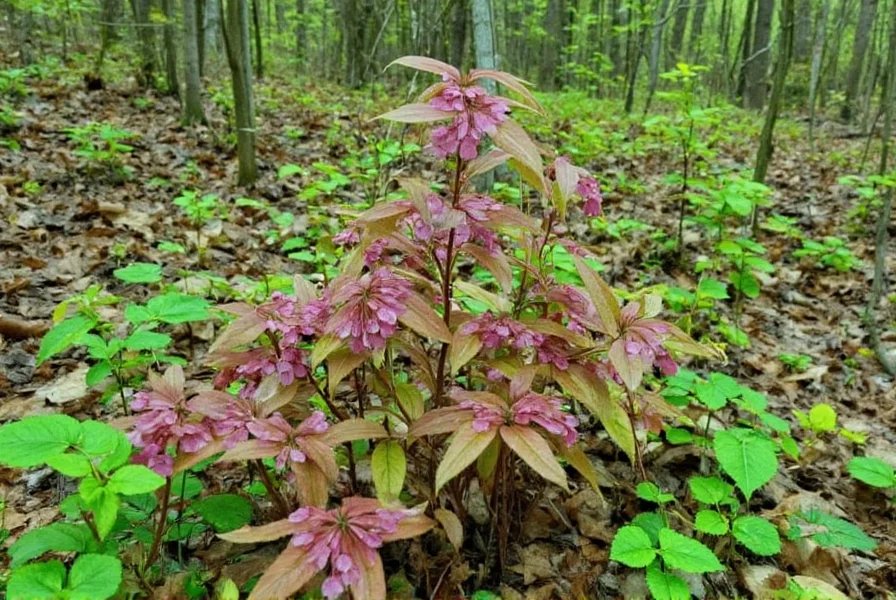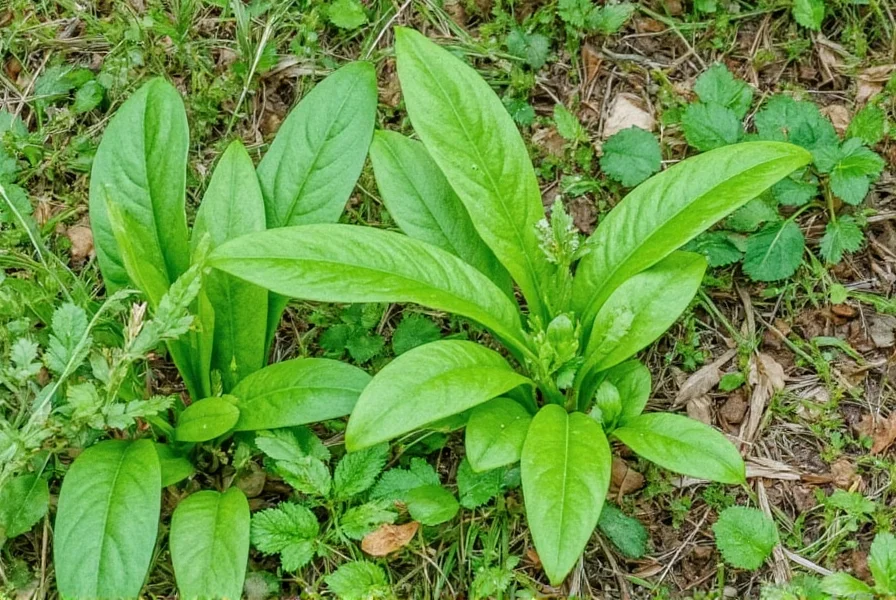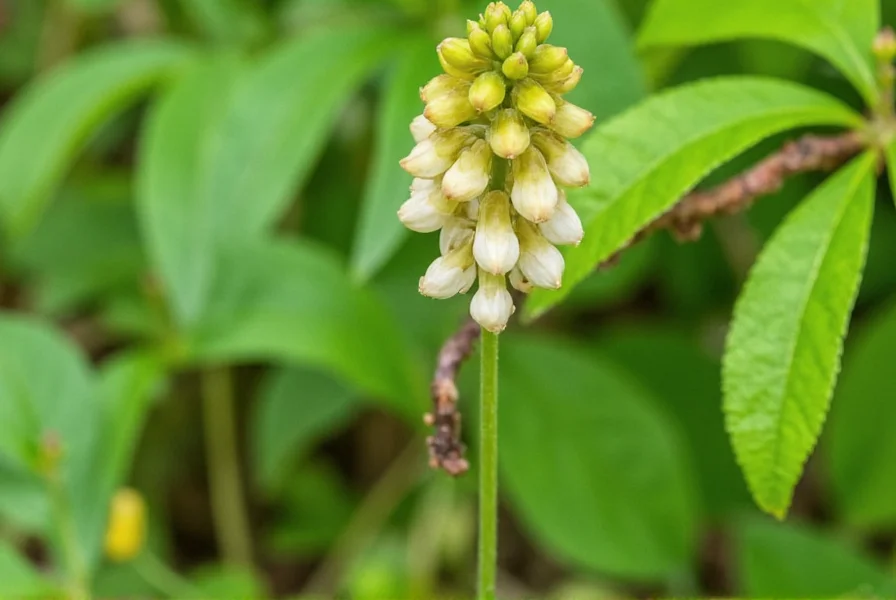For Midlothian residents and nature enthusiasts curious about local flora, wild ginger represents an important native species in our regional ecosystem. This low-growing plant typically reaches 4-8 inches in height and forms dense colonies in moist, deciduous forests across Chesterfield County. Its velvety, kidney-shaped leaves emerge in early spring, creating an attractive groundcover that persists through summer.
Identifying Wild Ginger in Midlothian
Correct identification is crucial when encountering wild ginger in Midlothian's woodlands. The plant features:
- Two large, heart-shaped leaves per stem (4-8 inches across)
- Maroon, cup-shaped flowers that bloom March-May, hidden beneath the foliage
- A creeping rhizome system that spreads slowly through forest floors
- A distinctive spicy aroma when leaves are crushed
Many confuse wild ginger with the unrelated culinary ginger (Zingiber officinale), but they belong to different plant families. Wild ginger's botanical name Asarum canadense reflects its native range across eastern North America, including Virginia's Piedmont region where Midlothian is located.

Habitat and Distribution in Midlothian
Midlothian's forested areas provide ideal conditions for wild ginger, which prefers:
- Moist, well-drained soils rich in organic matter
- Partial to full shade conditions
- Undisturbed woodland settings
- Areas near streams or in ravines
Local parks and natural areas including Pocahontas State Park and the James River Park System contain established populations. The plant typically grows alongside other native species such as trillium, mayapple, and ferns in these ecosystems.
Safety Considerations for Midlothian Residents
Despite its name and aromatic properties, wild ginger contains aristolochic acid, a compound linked to kidney damage and cancer. The FDA has issued warnings about consuming any Asarum species. Many historical uses of wild ginger as a spice substitute have been discontinued due to these health concerns.
When exploring wild ginger in Midlothian woodlands:
- Never consume any part of the plant
- Teach children to recognize but not touch unfamiliar plants
- Wash hands after handling
- Consult medical professionals for any plant-related concerns
Gardening with Wild Ginger in Midlothian
Wild ginger makes an excellent native groundcover for shaded Virginia gardens. Local gardeners appreciate its:
- Adaptation to Midlothian's climate and soil conditions
- Low maintenance requirements once established
- Ability to suppress weeds in shaded areas
- Value to local ecosystem as a native species
| Characteristic | Details for Midlothian Gardeners |
|---|---|
| Hardiness Zone | USDA Zone 7a (Midlothian's climate) |
| Light Requirements | Partial to full shade (less than 3 hours direct sun) |
| Soil Preferences | Moist, well-drained, high organic content |
| Mature Height | 4-8 inches |
| Spread Rate | Slow (6-12 inches per year via rhizomes) |
Ethical Foraging and Conservation
While wild ginger grows naturally in Midlothian, ethical considerations matter when encountering this plant in the wild:
- Never harvest from public parks or protected areas
- Obtain landowner permission before collecting on private property
- Take only what you need if propagating for personal gardens
- Consider purchasing from native plant nurseries instead of wild harvesting
The Virginia Native Plant Society encourages residents to appreciate wild ginger in its natural habitat rather than removing it. Many local nurseries now offer ethically propagated wild ginger for garden use, reducing pressure on wild populations.

Wild Ginger's Ecological Role
In Midlothian's ecosystem, wild ginger serves several important functions:
- Provides ground cover that prevents soil erosion on forest slopes
- Offers habitat for small invertebrates and beneficial insects
- Contributes to the forest floor's nutrient cycling
- Serves as a host plant for the pipevine swallowtail butterfly
As development continues around Midlothian, preserving native plant communities like wild ginger becomes increasingly important for maintaining biodiversity in our region.
Resources for Midlothian Gardeners
Local residents interested in native plants can connect with these resources:
- Chesterfield County Master Gardeners - native plant workshops
- Virginia Native Plant Society - Richmond chapter meetings
- Pocahontas State Park - guided nature walks featuring native flora
- Carroway's Native Plants in Midlothian - local nursery specializing in native species
Frequently Asked Questions
Does wild ginger actually grow in Midlothian, Virginia?
Yes, wild ginger (Asarum canadense) grows naturally in woodland areas throughout Midlothian, Virginia. It's a native perennial commonly found in the shaded, moist forest floors of Chesterfield County, particularly in areas like Pocahontas State Park and along the James River.
Can I safely forage wild ginger in Midlothian parks?
No, foraging is prohibited in all Chesterfield County parks and protected natural areas. Even on private property, wild ginger should not be consumed due to its aristolochic acid content, which can cause kidney damage. Appreciate it in its natural habitat or purchase ethically propagated plants from local native nurseries.
What's the difference between wild ginger and culinary ginger in Midlothian?
Wild ginger (Asarum canadense) and culinary ginger (Zingiber officinale) are unrelated plants. Wild ginger is a native Virginia woodland plant with heart-shaped leaves and maroon flowers, while culinary ginger is a tropical plant grown from rhizomes. Despite similar aromas, wild ginger contains compounds that make it unsafe for consumption, unlike culinary ginger.
When is the best time to see wild ginger blooming in Midlothian?
Wild ginger blooms from March through May in Midlothian. The maroon, cup-shaped flowers appear at ground level before the leaves fully expand, making them difficult to spot. The best viewing time is early spring when the flowers are present but still hidden beneath emerging foliage.
Can I grow wild ginger in my Midlothian garden?
Yes, wild ginger makes an excellent native groundcover for shaded Midlothian gardens. It thrives in USDA zone 7a conditions with moist, well-drained soil and partial to full shade. Purchase plants from reputable native nurseries rather than harvesting from the wild to support conservation efforts. It spreads slowly via rhizomes, forming attractive colonies over time.











 浙公网安备
33010002000092号
浙公网安备
33010002000092号 浙B2-20120091-4
浙B2-20120091-4